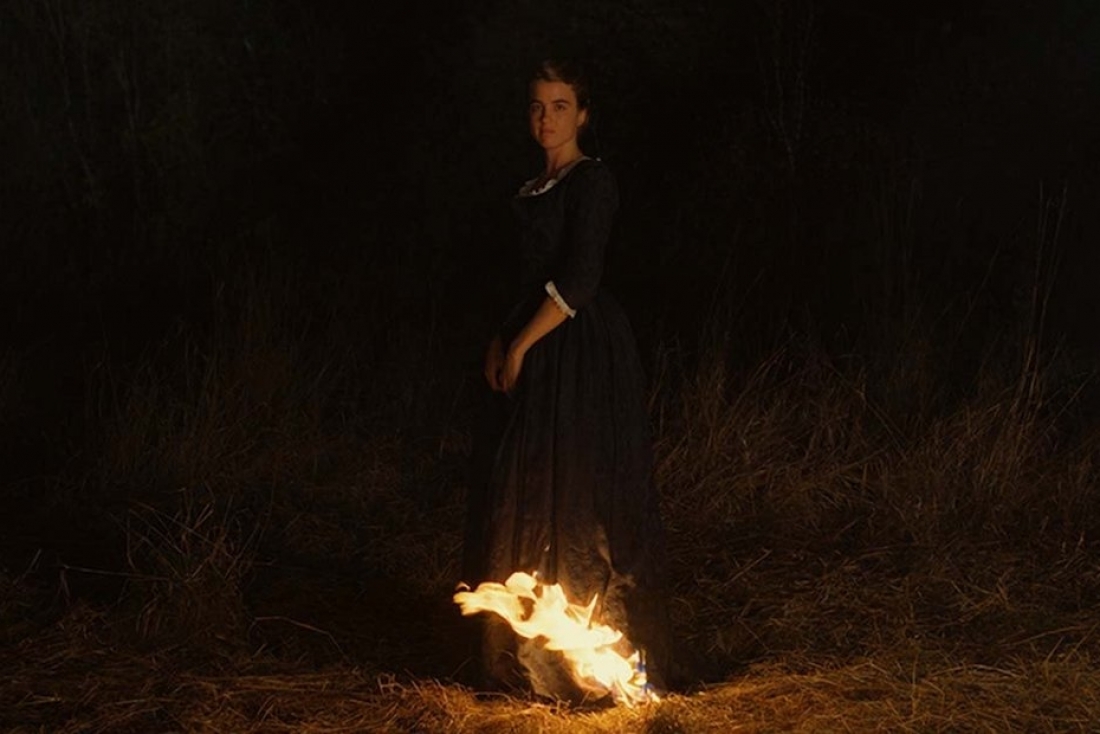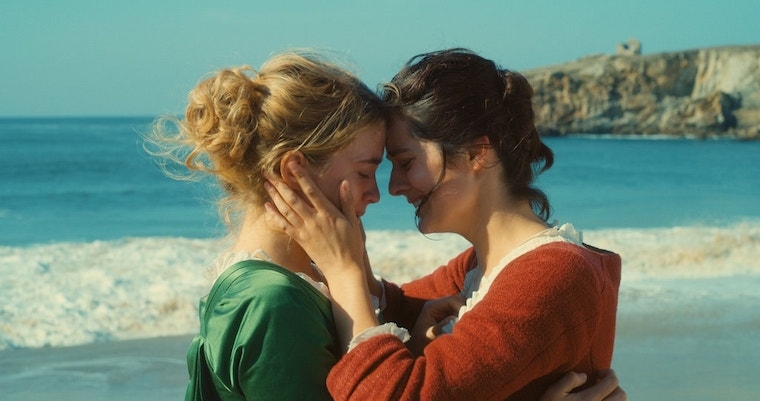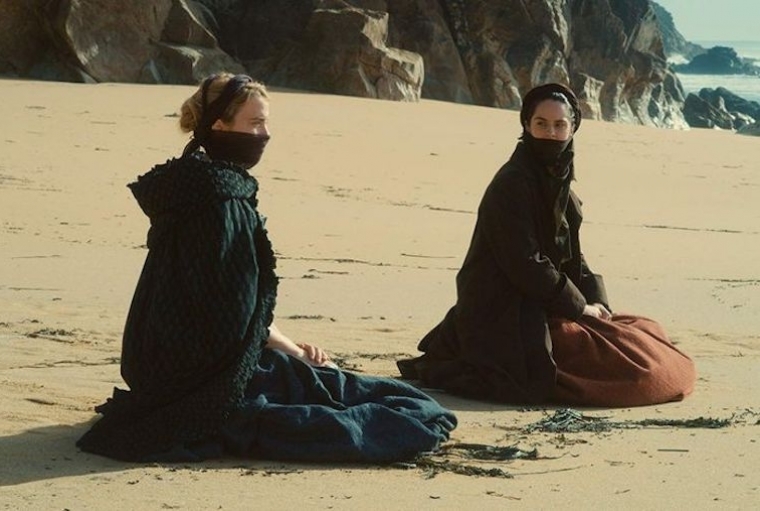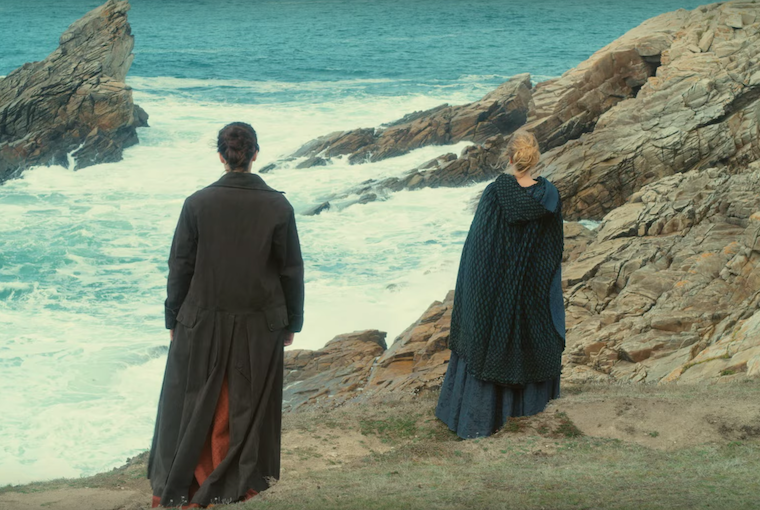
Film Still

Film Still
The space of cinema has been inundated with the male gaze. Whether it be the gaze of the filmmaker or the protagonist, the male gaze had almost become a normative aspect of filmmaking until, not very long ago, more and more female filmmakers and protagonists began reoccupying the space they’d been denied for long. It is then a rather joyous triumph when the female gaze not only pervades behind the lens, but also on the screen. Such is the case with the beguilingly beautiful film, Portrait of a Lady on Fire. Directed by Celine Sciamma, the film, set in 18th century France, follows the relationship of two women, Marianne and Heloise, as the former is commissioned to paint a portrait of the latter, who is to be married off to a Milanese nobleman.
The story silently progresses and focuses on the two women, their growth as individuals, and the growth of their relationship. Helloise had been living in a convent before the suicide of her older sister necessitated her return and her betrothal. Naturally, she is reluctant to be married and has scarcely experienced the outside world. Marianne on the other hand is an artist who has experienced worldly pleasures and has never been truly confined by gender roles, except in her artistry. The juxtaposition of these two rather opposite women is only one aspect of the theme of contrasts that runs throughout the film. For a larger part of the film, we see Helloise through the gaze of Marianne, and this beauty of the female gaze is intriguing. As Helliose experiences more and more of the outside world with Marianne, the latter also grows more and more as an artist.

Film Still
At some point, both of them truly recognise their love for each other and for a brief period of time, indulge in a romantic relationship. It would be a shame to call this relationship an affair because the love truly lasts forever, as is shown in the film, even if both of them did not have a happy ending together. The depiction of same sex love in the film is delicate yet bold. While the impending end of their relationship is always quietly present in the background, it does very little in taking away the intensity of the emotions the two portray. It culminates in their growth as individuals, and also in the actual Portrait of a Lady on Fire that Marianne paints, depicting a short yet powerful scene when Helloise’s dress literally catches on fire. Here the fire is highly symbolic. This fire could be Helloise’s constant anger regarding her bleak situation, or the uncontrollable fire of her passionate love for Marianne.

Film Still
The film’s visual narrative is riveting. Each frame, when paused, looks like a painting. I would be remiss if I do not further elaborate on this. The two significant motifs of the narrative are fire and the ocean, the former also depicts the inside of the house, and the latter depicts the outside. In many scenes, especially in close-up shots inside the home, with the fire lighting up the characters’ faces, it almost felt like Leonardo Da Vinci’s paintings had come to life. Da Vinci used a technique called sfumato, which he described as ‘without lines or borders, in the manner of smoke or beyond the focus plane’. I felt a similar visual effect imbued in such scenes. A contrast to this blended, smoke like effect is seen in the scenes outside, most of which depict the ocean. A painting that often came to my mind when these scenes would take place was The Cliff Walk at Pourville by Claude Monet. The subtle vivaciousness of impressionistic paintings truly permeates such scenes.

Film Still
There are few words exchanged by the characters in the film, even less spoken by the characters to the viewers. Portrait of a Lady on Fire is a film that is all consumingly visceral. It taps into the deep seated emotional response of the viewer, just like it does with the characters on screen. I found it even more engaging as for the maximum part of the film, there are only women on the screen. It suddenly dawned upon me that the absence of an actual man on screen does not take away from the film at all, which speaks volumes about the need for such female driven narratives. Even the character of the maid Sophie is very important to the narrative and shows the notions of abortion and female sisterhood during the 18th century. It is often difficult to take magnanimous ideas like feminism and homosexuality, and explore the intersections between the two. This film does it with unquestionable brilliance. It is truly a portrait of the acme of female artistry, both on the canvas, on the screen, and also in the individuality of and relationships between women as well.
We have partnered with MUBI to bring you three months of great cinema for free. You can watch Portrait of a Lady on Fire and much more, via this link.
Text Nidhi Verma